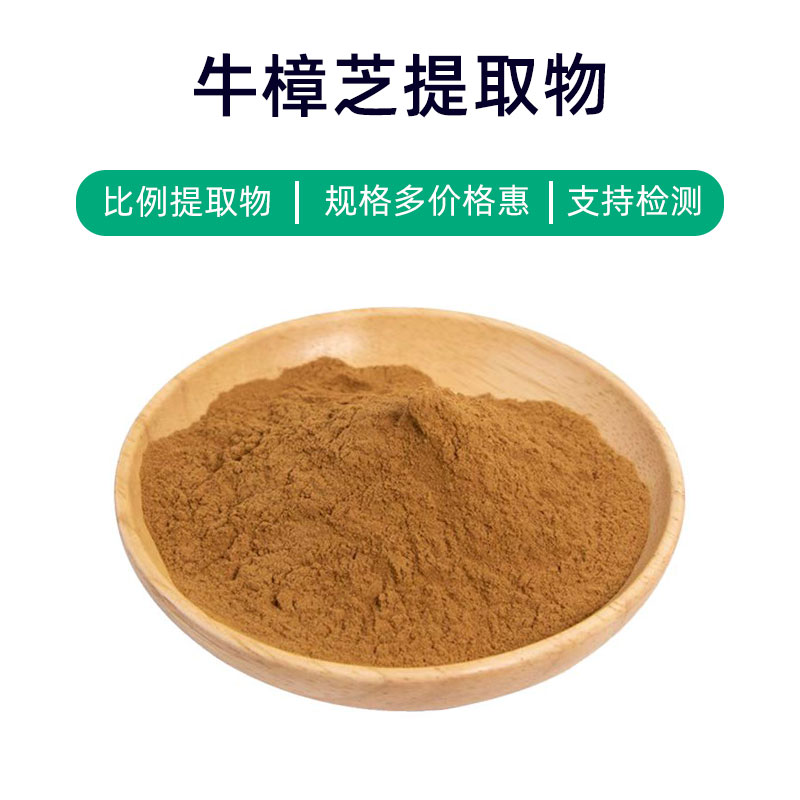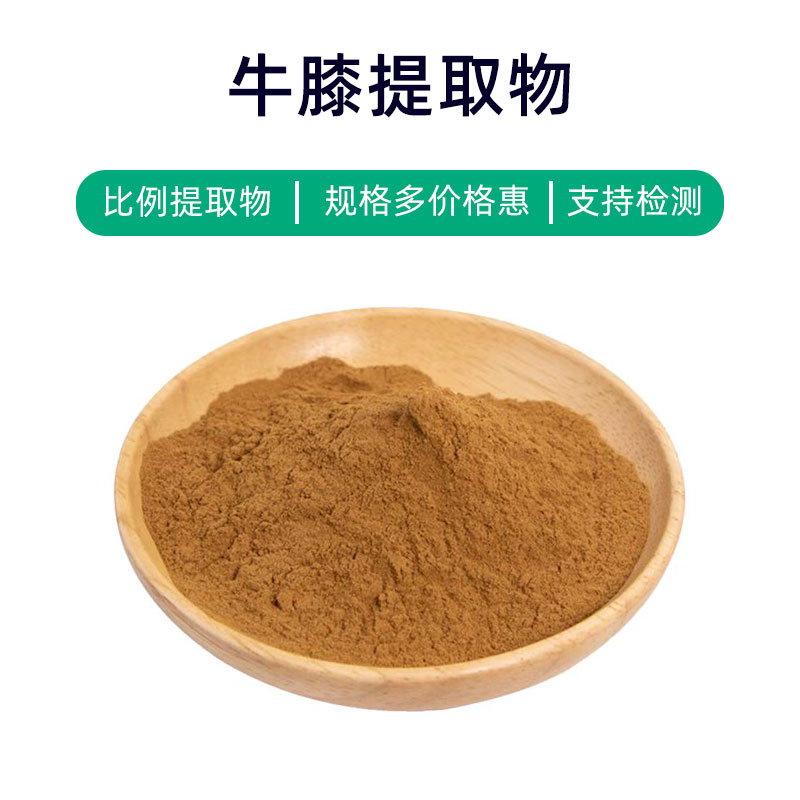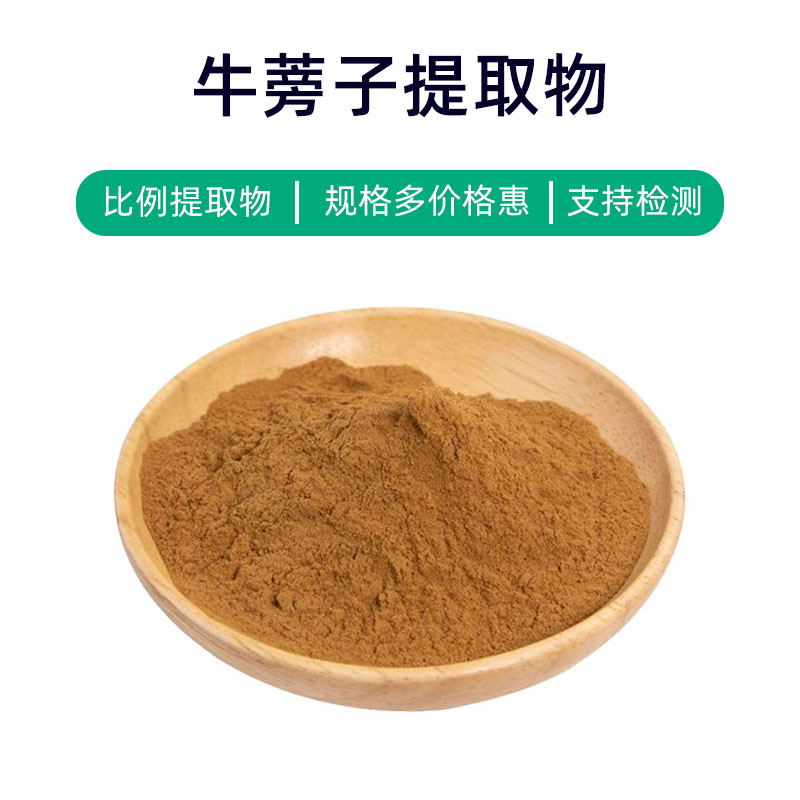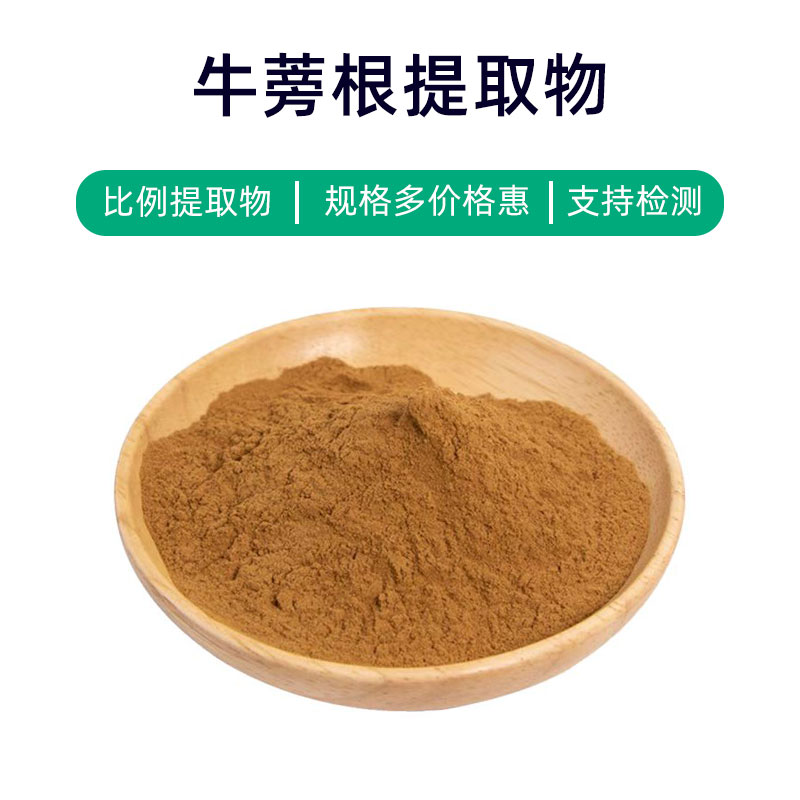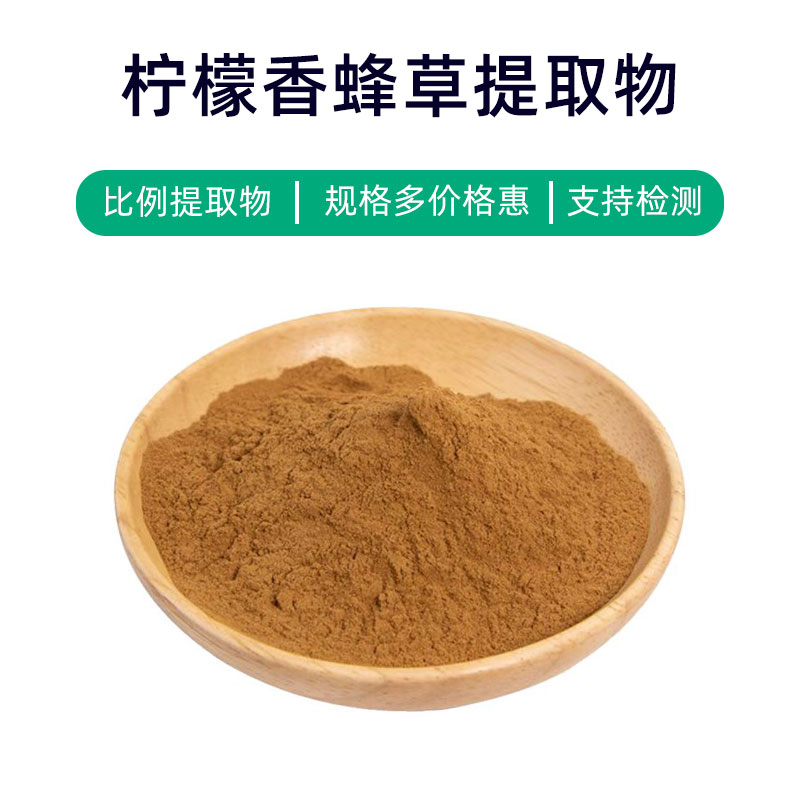Introduction to Lungwort Extract
Lungwort extract is a natural plant extract derived from the Lungwort (Pulmonaria officinalis). Its main components include active ingredients such as flavonoids, polysaccharides, and tannins, which are believed to possess antioxidant, anti-inflammatory, and antibacterial effects.
Lungwort extract is commonly used in pharmaceuticals, health supplements, and cosmetics. In medicine, it supports respiratory health and may help alleviate respiratory inflammation and boost the immune system. Additionally, its antioxidant properties can aid in reducing cell damage caused by oxidative stress. In health supplements, Lungwort extract is often made into oral supplements or liquids to enhance bodily resistance and promote overall health. In cosmetics, it is frequently added to skincare products for its antioxidant and soothing effects, helping to reduce skin inflammation and allergic reactions.
In summary, Lungwort extract, as a natural plant extract, offers various potential health benefits and can support respiratory health, antioxidant activity, and anti-inflammatory effects.
Production Process of Lungwort Extract
The production process of Lungwort extract typically includes the following key steps:
- Raw Material Collection and Preparation: Fresh Lungwort plants are collected, cleaned, and impurities are removed to ensure the quality and purity of the materials.
- Extraction Process: The cleaned Lungwort plant is chopped or ground into a powder, followed by extraction using suitable solvents (such as water, ethanol, etc.). Common methods include soaking, heating, refluxing, or ultrasonic extraction to isolate the active components.
- Filtration and Concentration: The extract liquid is filtered to remove solid residues and impurities, resulting in crude extract. Subsequently, techniques like evaporation or vacuum concentration are used to concentrate the crude extract to enhance the concentration of active ingredients.
- Purification and Separation: Certain separation techniques (like gel filtration or partition extraction) are employed to isolate and purify target components from the concentrated liquid, improving product purity and activity.
- Drying and Milling: The purified extract undergoes drying to convert it into a powdered form. Then, milling equipment is used to achieve the desired particle size.
- Quality Control and Testing: The extract undergoes quality checks, including component analysis, microbiological testing, and heavy metal detection, ensuring the product meets relevant standards and regulations.
- Packaging and Storage: Finally, the extract is packaged according to specified requirements, usually using sealed materials to prevent oxidation and moisture intrusion. It should be stored in a cool, dry environment, away from direct sunlight and high temperatures to ensure product stability and shelf life.
Through these production steps, high-quality Lungwort extract can be produced, retaining its active components while ensuring safety and effectiveness.
Effects and Side Effects of Lungwort Extract
Lungwort extract is a common herbal supplement with several notable effects and benefits:
- Anti-Inflammatory and Antibacterial Effects: Lungwort extract contains rich active components that exhibit significant anti-inflammatory and antibacterial properties, effectively inhibiting inflammatory responses and bacterial infections, and providing certain therapeutic effects against respiratory infections.
- Immune Regulation: Research indicates that some components in Lungwort extract can modulate immune functions, enhancing the body's resistance and improving the immune system's ability to recognize and eliminate pathogens, thus aiding in the prevention and treatment of respiratory infections.
- Antioxidant Effects: Lungwort extract is rich in antioxidants such as flavonoids and polyphenols, which can scavenge free radicals and reduce oxidative stress-related damage, promoting respiratory and lung health.
- Cough Relief and Phlegm Reduction: Traditionally, Lungwort has been used to treat cough and excessive phlegm. The components in its extract possess expectorant and cough-suppressing properties, which can improve respiratory symptoms and alleviate discomfort.
- Lung Health Protection: Lungwort extract offers protective benefits for the respiratory system, promoting the repair and regeneration of respiratory mucosa and enhancing the lungs' ability to resist disease, contributing to the prevention and alleviation of respiratory illnesses.
Lungwort extract is generally considered safe when used within recommended dosage limits, as guided by healthcare providers or product instructions, and typically does not cause significant side effects. However, individuals may experience allergic reactions or mild digestive discomfort, so observation and adherence to medical advice during use is advised.
Application Scenarios and Dosage of Lungwort Extract
Lungwort extract has a wide range of applications in pharmaceuticals, food, and cosmetics:
- Medical Applications:
- Treatment of Respiratory Diseases: Lungwort extract is often used to treat respiratory infections, bronchitis, cough, and throat inflammation. Common forms include oral liquids, granules, and capsules. Dosage should follow medical advice or product instructions.
- Immune Regulation: Lungwort extract can be used for regulating immune functions and enhancing resistance. Typical dosages are 5-10ml orally per dose, 2-3 times a day.
- Antioxidant Health: Lungwort extract is used for antioxidant health, preventing diseases caused by oxidative damage. Forms may include oral liquids or capsules, typically following healthcare recommendations.
- Food Applications:
- Flavoring Agent: Lungwort extract can be used as a flavoring agent to enhance the aroma and taste of food. Generally, it’s added in small amounts according to personal preference.
- Nutritional Supplements: Lungwort extract may also be added to functional foods as a health supplement, with amounts typically following product recommendations.
- Cosmetic Applications:
- Skin Care Products: Lungwort extract has antioxidant, anti-inflammatory, and soothing properties, making it suitable for skincare products such as masks, lotions, and serums. Dosage generally depends on product formulations, with recommendations to follow product instructions.
- Hair Care Products: Lungwort extract is also commonly found in shampoos and conditioners, soothing the scalp and improving hair health. Dosage generally adheres to product guidelines.
When using Lungwort extract products, keep in mind the following considerations:
- Use according to product instructions or medical guidance; do not exceed recommended amounts.
- Individuals with allergies should conduct a skin test or consult a healthcare provider before use.
- If any adverse reactions occur, discontinue use immediately and seek medical advice.
- Children, pregnant women, and nursing mothers should use under the guidance of a healthcare professional.
Introduction to the Source Plant of Lungwort, Distribution, and Growth Environment
Lungwort (scientific name: Platycodon grandiflorus) is a perennial herbaceous plant belonging to the bellflower family and is also known as Wide-Bellflower or Balloon Flower. It is valued for both medicinal and ornamental purposes.
Source Plant Introduction:
Lungwort is native to Northeast China, the Korean Peninsula, Japan, and the Russian Far East, primarily found in temperate regions. The plant grows to a height of about 30-90 cm, with upright stems, oval to ovate leaves, and solitary flowers at the branch tips. The flowers are funnel-shaped and come in a variety of colors, including blue, purple, and white.
Growth Environment:
Lungwort prefers to grow in sunny, well-ventilated environments. While it is not strict about soil requirements, it thrives in loose, fertile, well-drained sandy loam. It can grow at a wide range of elevations, commonly found in low to mid-elevation mountainous areas, foothills, grasslands, riverbanks, fields, roadside ditches, and forest edges, often seen in dry land, grasslands, and fields. Due to its strong cold resistance, it is often found in colder regions.
Distribution:
Lungwort is widely distributed in Northeast China, North China, Central China, and Southeast provinces, as well as in Korea, Japan, and Russia. In China, it is particularly common in the Yangtze and Yellow River basins, being one of the more prevalent wild plants.
Growth Habits:
Lungwort grows vigorously and is hardy, with a typical growth period of 4-5 months, from spring to late autumn. It prefers abundant sunlight and is adaptable to various soil types and moisture conditions. Lungwort has a well-developed root system and fat rhizomes, making it relatively drought-resistant, although it can also grow in moist environments.
In summary, Lungwort is a resilient, fast-growing wild herbaceous plant commonly found in Northeast China and other temperate regions, including grasslands, mountainous areas, and fields.
Processing and Storage of Lungwort Extract
The processing of Lungwort extract typically includes several steps: first, fresh Lungwort is harvested and cleaned; then initial processing such as chopping and grinding is performed; followed by extraction processes utilizing methods like water extraction and alcohol extraction; finally, steps like filtration, concentration, and drying are conducted to produce powdered or liquid forms of the extract. For storage, Lungwort extract should be kept in a dry, cool, and ventilated area, away from direct sunlight and humidity, to maintain the stability and effectiveness of its active components.
Monica Sun is a seasoned expert in the plant extraction industry with over a decade of experience in research and production. She specializes in the extraction and purification of plant active ingredients, focusing on driving innovation in natural product applications. Monica has participated in the development of multiple functional plant extracts, delivering high-value natural raw material solutions for the health food, pharmaceutical, and dietary supplement sectors.









